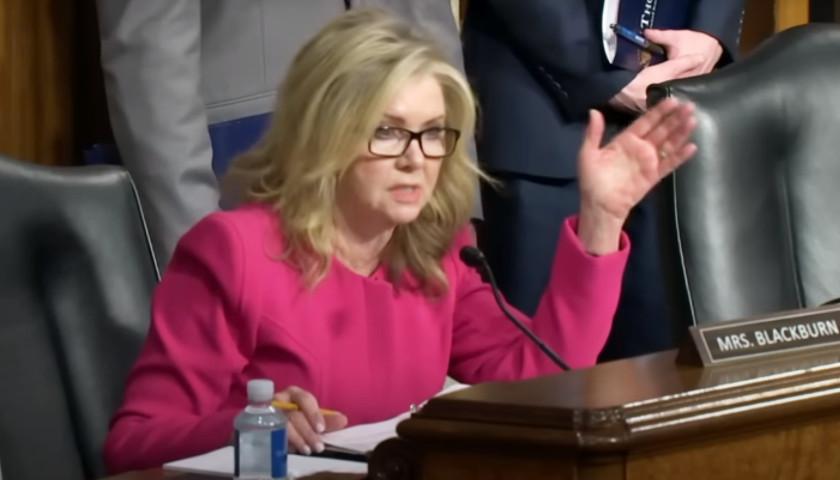by Casey Harper
The U.S. federal government has borrowed about $6 billion per day so far this fiscal year with little indication of slowing down.
The U.S. Treasury Department released its figures for the month of March showing it borrowed $236 billion in March alone, bringing the total to $1.1 trillion for this fiscal year, which runs from October to September.
“We’re now halfway through the fiscal year, and today’s numbers from the Treasury remind us how much more work needs to be done,” Maya MacGuineas, president of the Committee for a Responsible Federal Budget, said in a statement. “Borrowing more than a trillion dollars in just six months can hardly be viewed as sustainable and is much more likely a sign that something is deeply wrong.”
The national debt is about $34.6 trillion and is expected to surpass $35 trillion within a few months.
MacGuineas’ group has tracked the budget and debt and performed many analyses. Her takeaways paint a grim picture for the U.S. budget.
“The national debt is on course to exceed its record share of the economy in four years, Social Security and Medicare are going insolvent within ten years, and we’re paying more on interest than on defense or Medicare,” she said.
Federal debt spending helps fuel inflation, since the federal government prints money to help offset its debt. The latest federal inflation data shows prices are rising and inflation is back, despite hopes earlier this year that it had finally subsided.
As The Center Square previously reported, the U.S. Bureau of Labor Statistics this week released its Consumer Price Index, which reported a 0.4 percent increase in March, contributing to a 3.5 percent increase over the previous twelve months.
That figure raised alarm bells with economists.
BLS on Thursday released its Producer Price Index, another key inflation indicator, which showed a 0.2 percent increase last month.
“With half a year behind us, now we look ahead to the next half and decide what path we want to take. Last year was proof that lawmakers can come together and produce real savings with the passage of the Fiscal Responsibility Act,” MacGuineas said. “What we need is the political muscle memory to continue making this a priority.”
– – –
Casey Harper is D.C. Bureau Reporter The Center Square.
Image “Maya Macguineas” by Maya MacGuineas; background photo “US Capitol” by Alejandro Barba.






With a “Democrat” Government,
anyone who thinks they will reduce spending is either to young to know History, or too stupid to understand it.
“Tax and spend” is the history of Democrats.